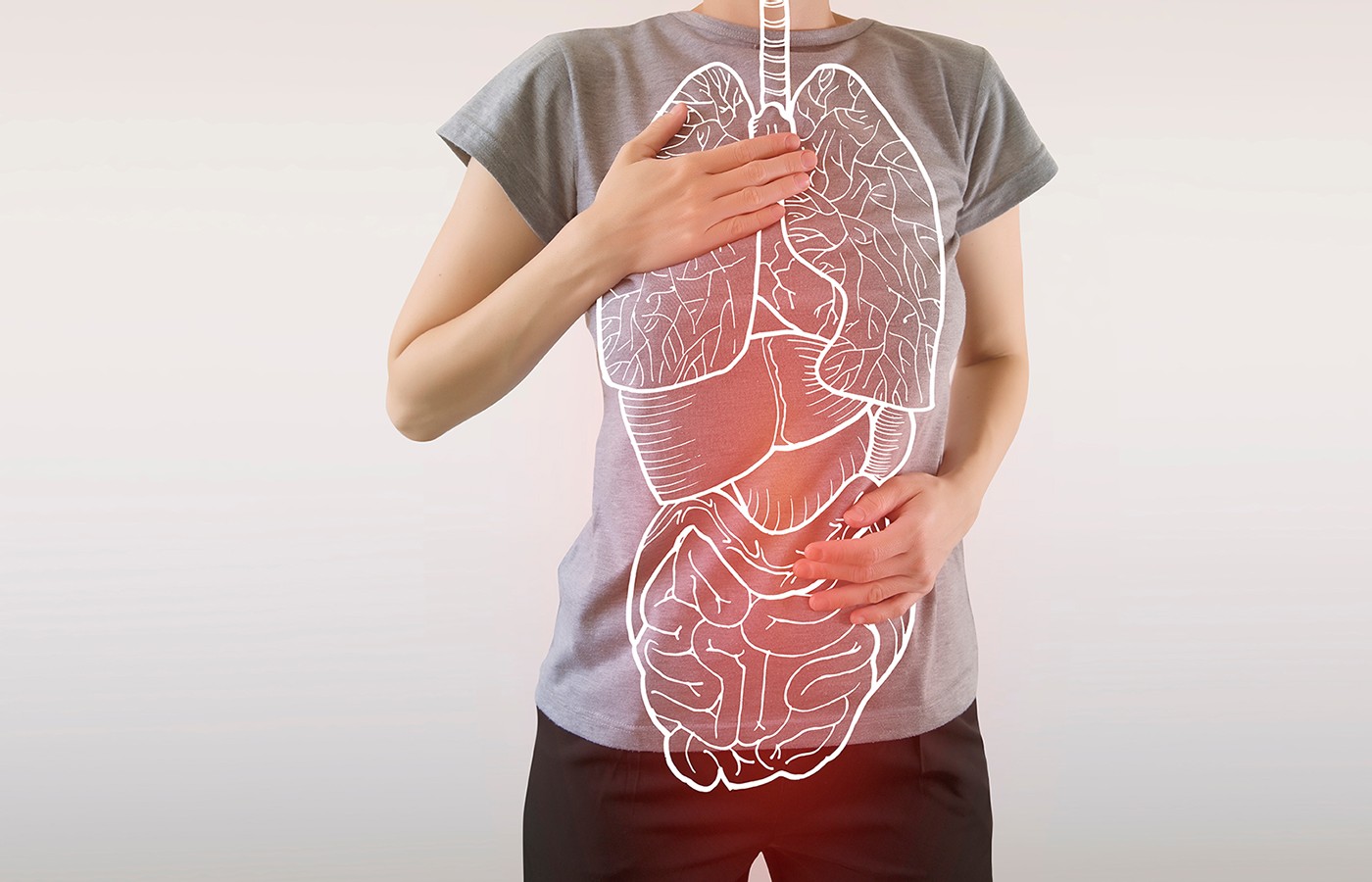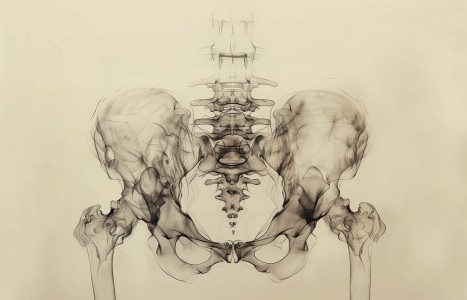People today want convenience, whether it be from their bank, credit card, favorite retail store, or restaurant. They demand it from the companies who hold their loyalty, including their health care providers (you). They don’t want to call and possibly be put on hold, and they want to use an app or schedule an appointment on your website. Here are three reasons your practice can gain by switching to online appointment scheduling.
Regulating the Gut-Lung Axis for Post-Viral Syndromes
Continuing our discussion from the previous issue on the importance of treating the gut-lung axis for post-viral conditions, viral syndromes often can cause a disruption at the deepest level of functioning to the information system of the body.
Another approach to regulate the Yang Ming / Tai Yin circuit is to use an extraordinary vessel (EOV) approach. EOV treatments can be essential in a long-haul post-viral state, as they can help restore integrity to the body’s energetic system on the deepest level. Various combinations can be helpful; however, combining Chong Mai with Ren Mai is a good place to start, as it can help to regulate the gut (Chong Mai) and the lungs (Ren Mai).
Based on Japanese Master Kawai’s theory, when combining the command and couple points of two EOVs, it is energetically better to cross the points from, for example, the right foot to the left hand. One approach is to check which side of the body has greater tightness in the region of ST 30 (Qichong) and use that side to treat SP 4, the command point of Chong Mai. If the right Sp 4 is chosen, then the coupled point, PC 6, is crossed over to the left arm. That leaves the right arm for the command point of Ren Mai, LU 7; and the left foot for the coupled point KD 6.
Often, if there is pressure or pain in the chest over the pericardium mu point (CV 17), PC 6 can be a powerful EOV / Luo point to relieve this tenderness. Its coupled point, SP 4, is also particularly useful to reduce excess production of phlegm, especially with points such as SP 9 and ST 40.
Using the mu points and abdominal palpation to cross reference while palpating treatment points is the key to deciding which extraordinary vessel approach will be most effective. For example, if Lu1 is more tender on the right side then you could choose ipsilateral Lu 7. To strengthen and direct the treatment, you can add points along the Ren Mai (such as Ren 4, 6 12, 17) or Chong Mai (Kd 13, Kd 16, Kd 19).
According to Master Matsumoto, another way to regulate the gut-lung axis in the post-viral state using extraordinary vessel strategy is to combine SI 3 with UB 62, particularly left SI 3 and right UB 62. This approach uses the underutilized strategy of using small intestine points to actually regulate the small intestine and gut.
The left-to-right approach here of left SI 3 and right UB 62 is chosen to mirror the abdominal pattern that often shows up in long-haul Tai Yin patients with tenderness in a diagonal line from the left St 21 / Sp 16 area to CV 9 / CV 6 in the center, to right ST 25-27. This abdominal finding is a signal of dysfunction in the spleen and small intestine itself and can have a direct impact on respiratory/immune health. SI 6, “Nursing the Aged,” can be added as a helper point, especially in older patients.
We see similar relationships between the gut and the lungs in other acupuncture systems such as Master Tung’s. Some of the most powerful points to treat lung organ and asthmatic issues include the stomach channel extra points on the thigh, Si Ma San, "Rapid Horses," three-point unit. These can be a powerful addition to some of the spleen / stomach treatments above. As it is closer to the core of the body, the thigh provides the possibility for a deeper level of treatment, similar to the extraordinary vessels.
Evidently, there are many approaches to regulate the Yang Ming / Tai Yin zone in the post-viral state. The growth of scientific knowledge regarding the influence of the state of the gut microbiota on disease and the ability to adequately respond to the invasion of external pathogens reaffirms the ancient Chinese understanding of the human defensive system.
It is important to utilize both the newest research, as well as the experience of master clinicians, as we continue to explore how acupuncture can help our patients when more conventional modalities are falling short. Early data and personal experience suggest that this can be a powerful tool to help our patients regain quality of life and rid themselves of the lingering effects of viral infection.



